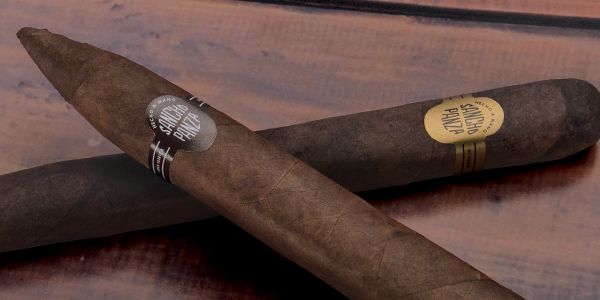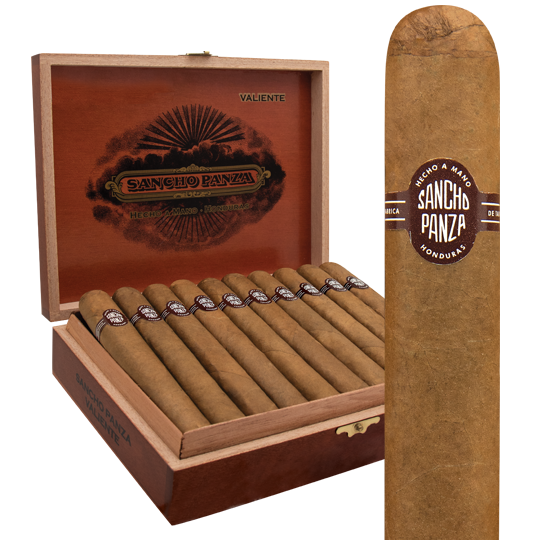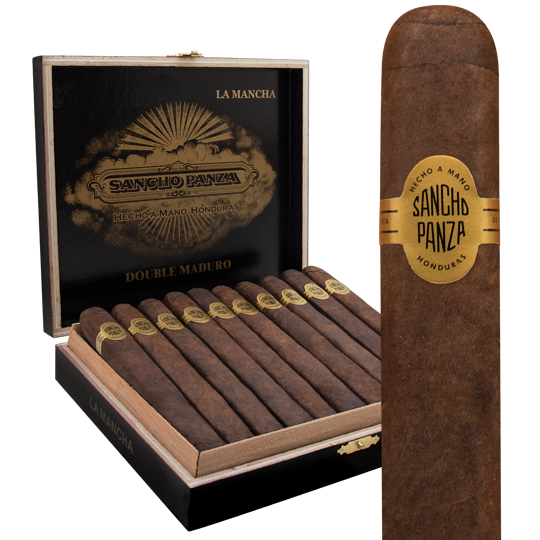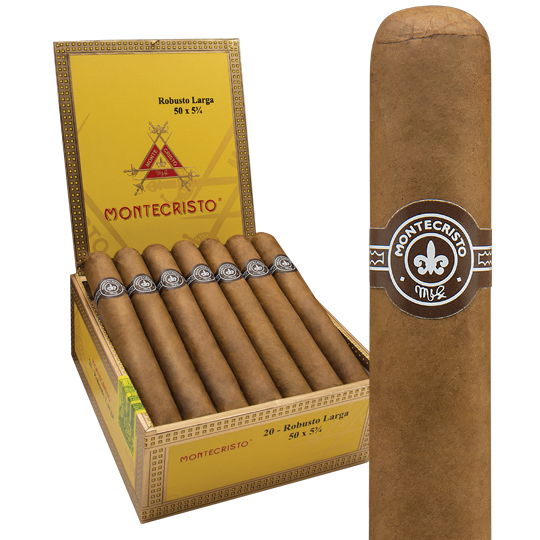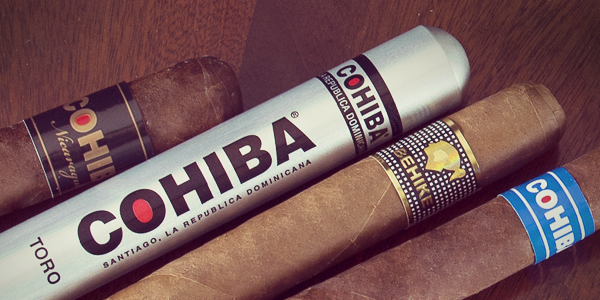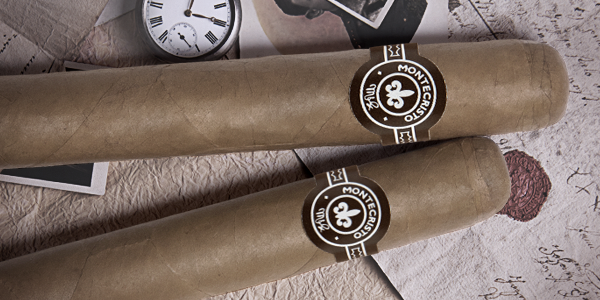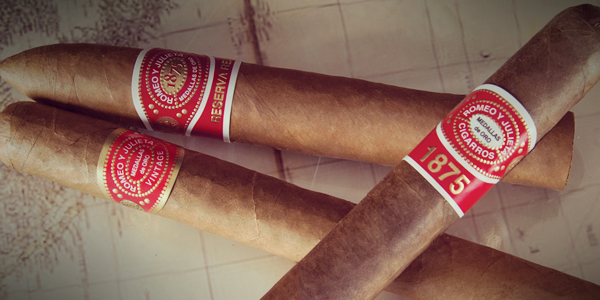History of Sancho Panza Cigars
What is it with Cuban cigar-makers and their apparent love of classic literature? Ya got your ‘Montecristo,’ taken from the count of the same name in the Alexandre Dumas novel. Shakespeare’s masterpiece goes up in smoke every time a Romeo y Julieta is set ablaze, the play being an obsession of the creator of the cigar brand. Let’s not leave out Sancho Panza, the loyal sidekick to Cervantes’ ‘Don Quixote’ in the title character’s iconic quest. Sancho Panza, the cigar, was born two centuries after the novel.
Sancho Panza cigars were created in 1848 by Don Emilio Ohmsted. There’s not a lot more on record about the brand. Early on, Sancho Panza produced large cigars that were medium-bodied. Sometime in the 1880s, the brand was sold to Ramón Allones. In 1940, Rey del Mundo bought it.
The Cuban Sancho Panza continues to be made in Vuelta Abajo and continues to be medium in strength and offered in seven vitolas. Habanos S.A. treats this like a local brand. There are no regional editions nor limited ones. It’s still a decent choice, but plagued over the last years with veiny wrappers and some tight draws. Without question, my favorite is the ‘Belicoso.’ It’s a 5 ½ x 52 classic that sells for way too much, about $26 in London these days. The only other size I’ve seen regularly in shops is the ‘Molino,’ or windmill, that is a Lonsdale (6 ½ x 42) priced around $16. Hard-to-find larger cigars continue to be made with the ‘Corona Gigante,’ at 47 x 7, and the ‘Sancho,’ a giant at 9 ¼ x 47.
You know that after the Castro revolution, the Sancho Panza story got a rewrite. Villazon & Co. registered the trademark in the US in 1981. It was later acquired by General Cigar, which continues to own it and make the non-Cuban Sancho Panza in Honduras, using mainly Honduran or Connecticut Broadleaf wrapper and binder. Literary references also were borrowed as seen in the ‘Dulcinea,’ (the name of Don Quixote’s romantic obsession; oh, just read the dang book already!) the non-Cuban Figurado that is a tad more zaftig than the Cuban Belicoso at 6 ¼ x 54. But it costs only about $7! It’s got power and draws nicely. There’s complexity with notes of cedar and cinnamon. The finish is a little sweet from its Honduran, Nicaraguan and Dominican blend. This blend also comes in a Lonsdale, Robusto and Toro.
The Sancho Panza Double Maduro has the same filler blend, but both the binder and wrapper are Maduro leaf, hence the name. This is a pretty peppery cigar with good notes of cocoa and leather. It’s quite earthy and bolder than the natural line. There is some creaminess to the experience despite the general profile being full-bodied. I like the Robusto here, at 4.5 x 50 and only about $5. Of course, it’s called the ‘Quixote.’ Also available as ‘Cervantes’ (Corona), ‘La Mancha’ (Double Corona) and ‘Escudero’, or squire (Toro).

